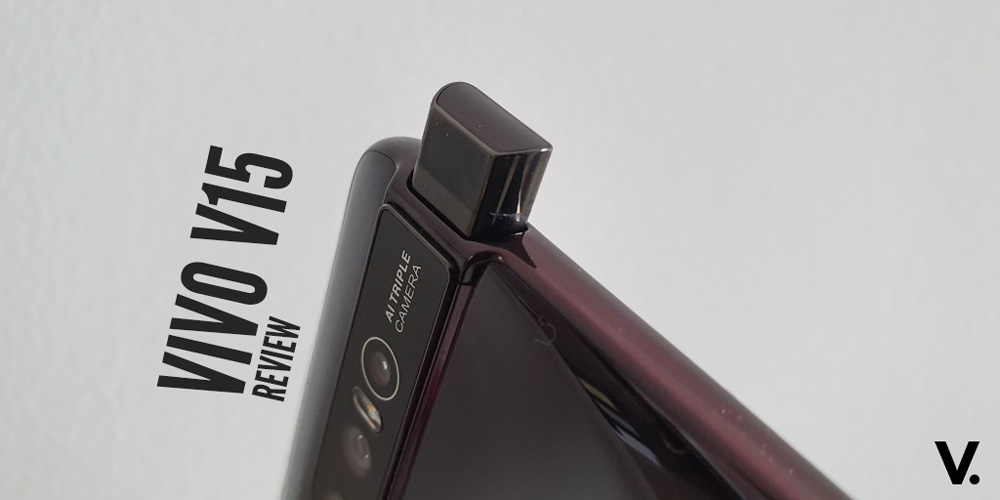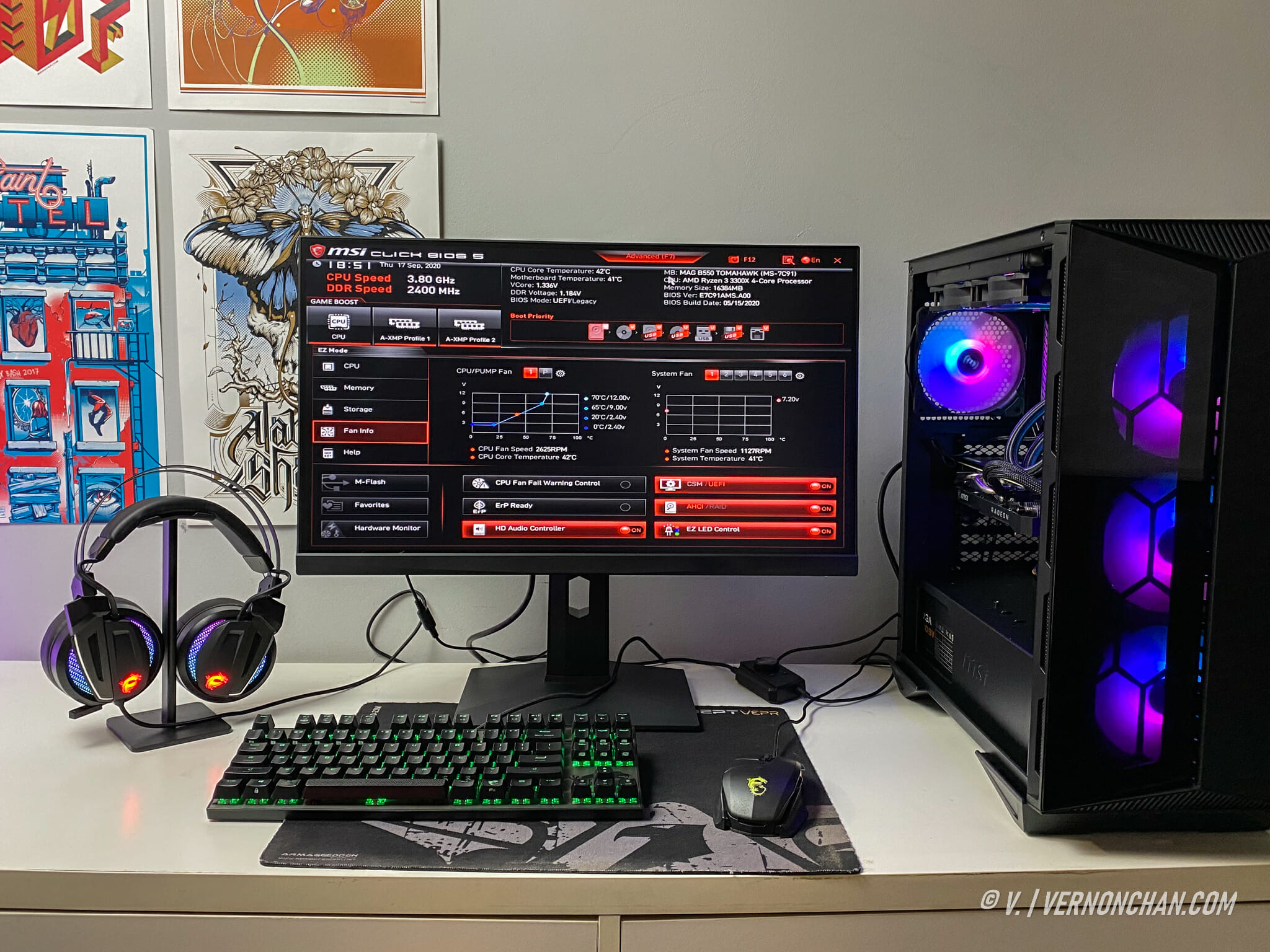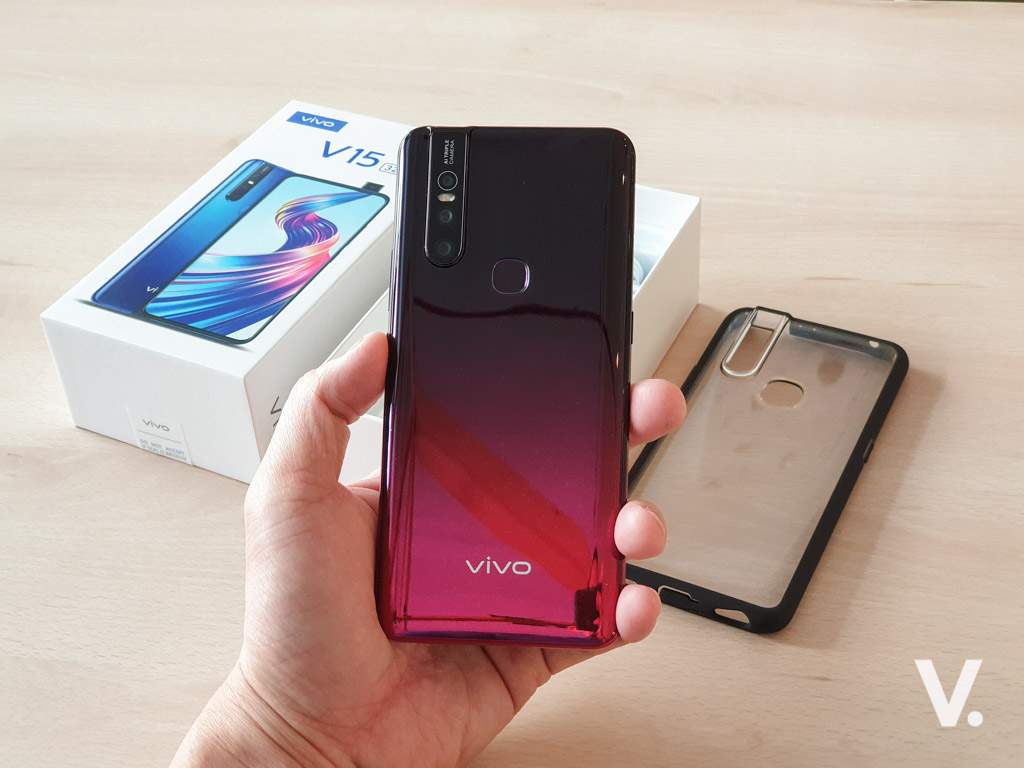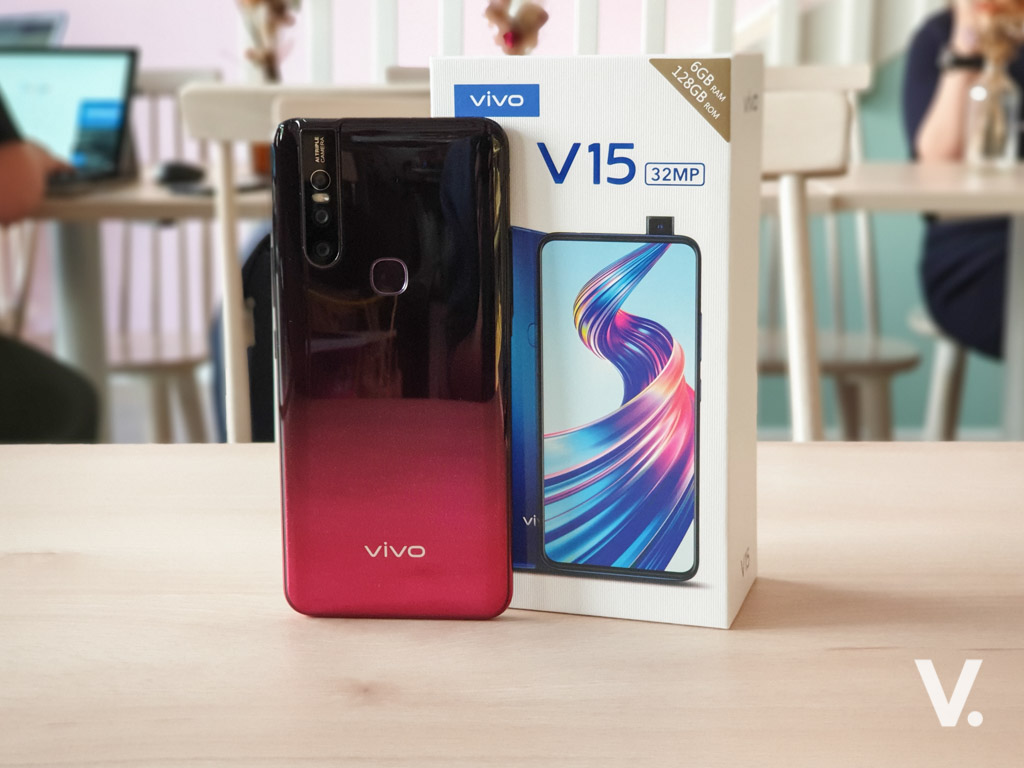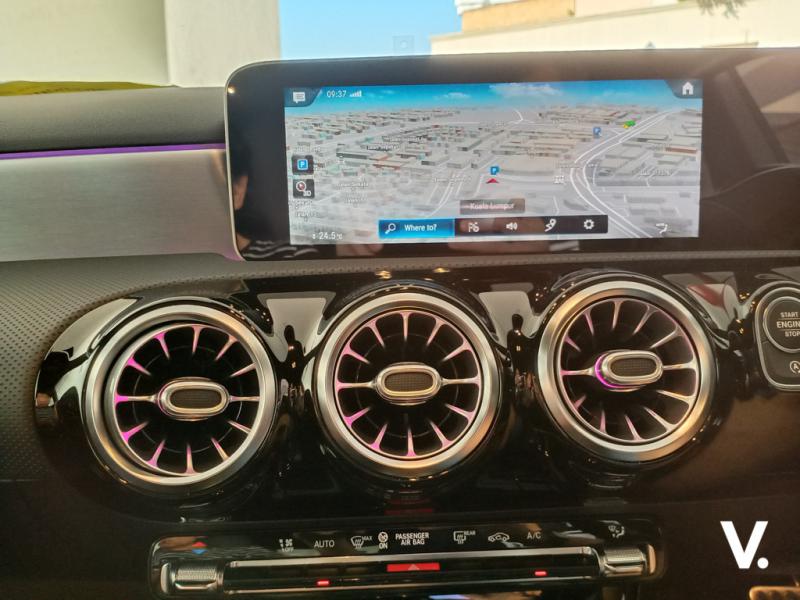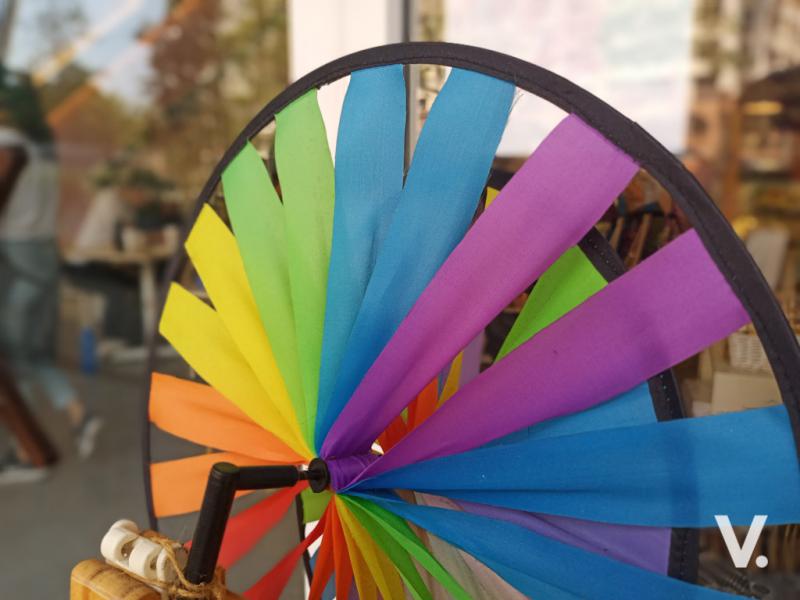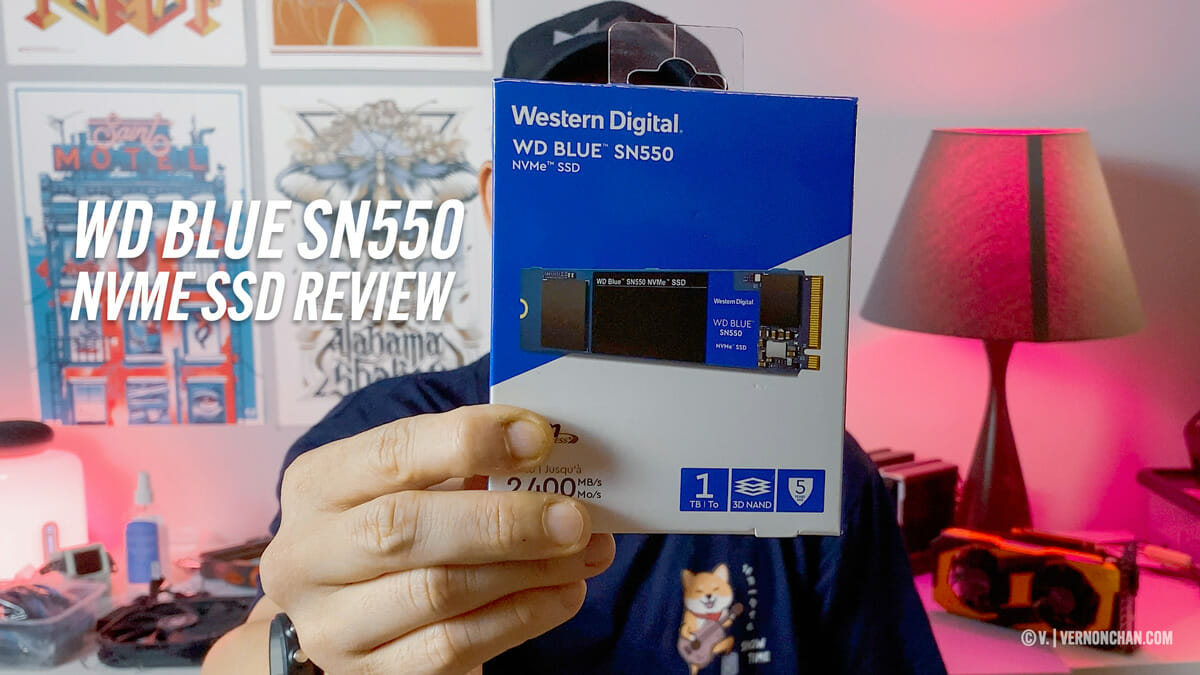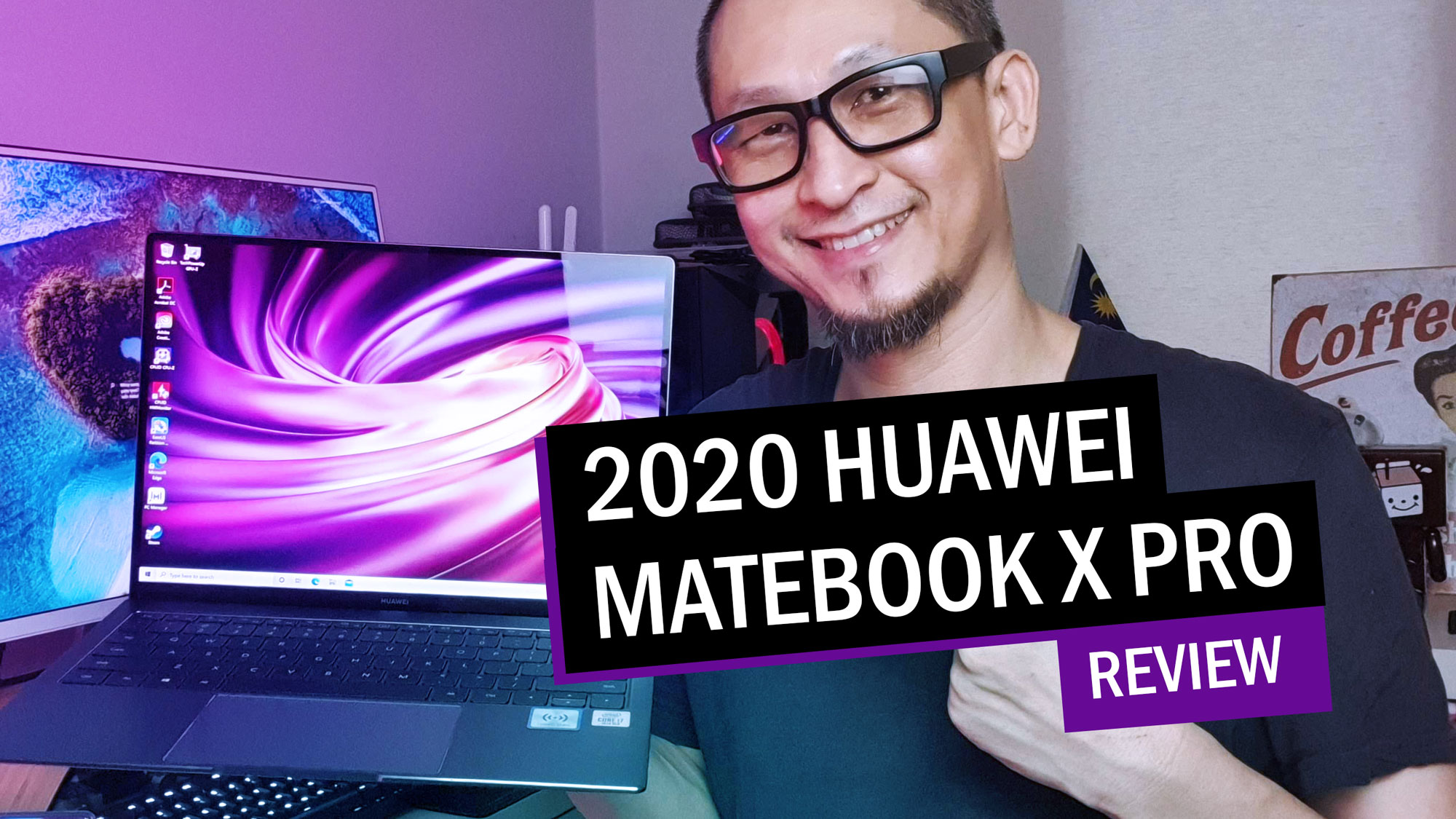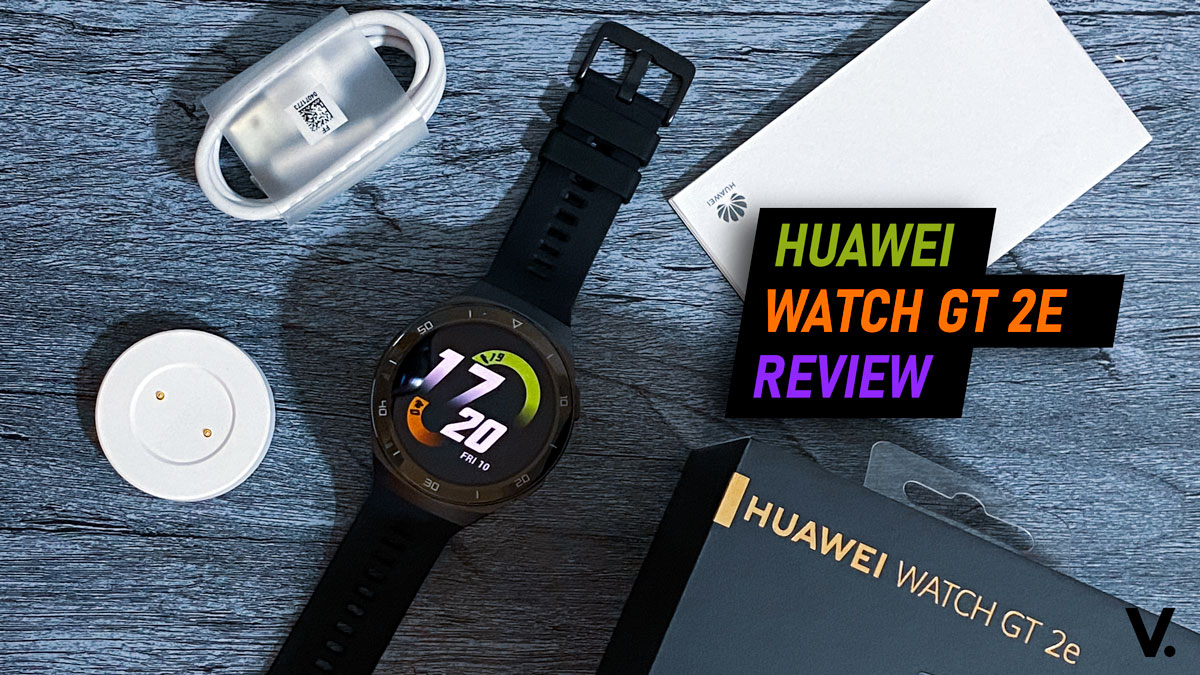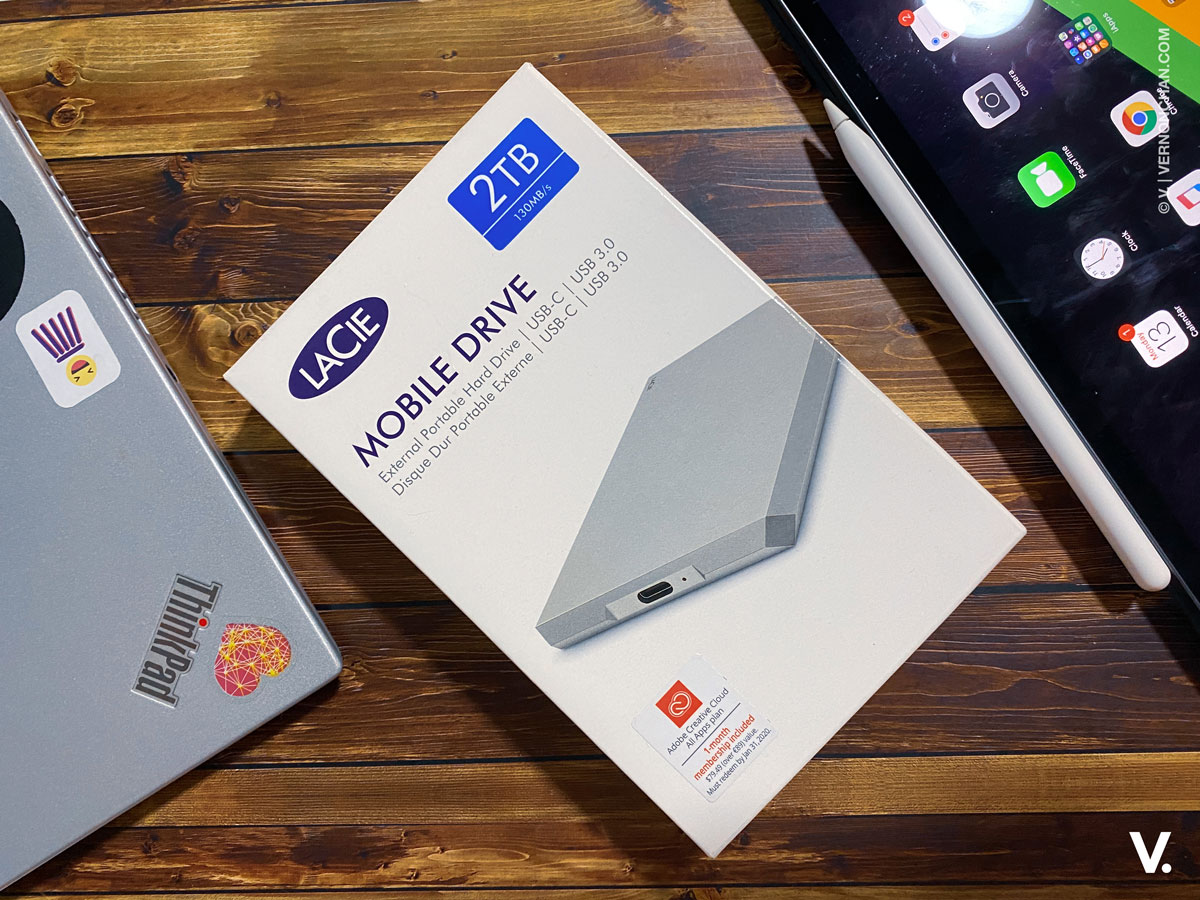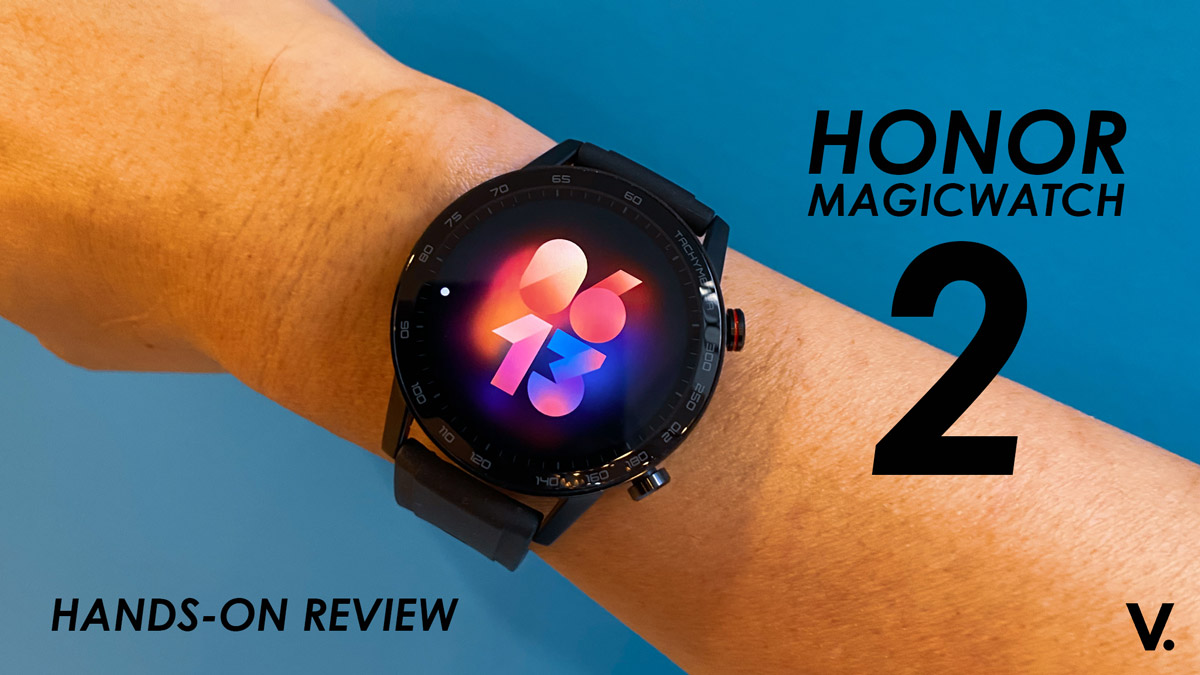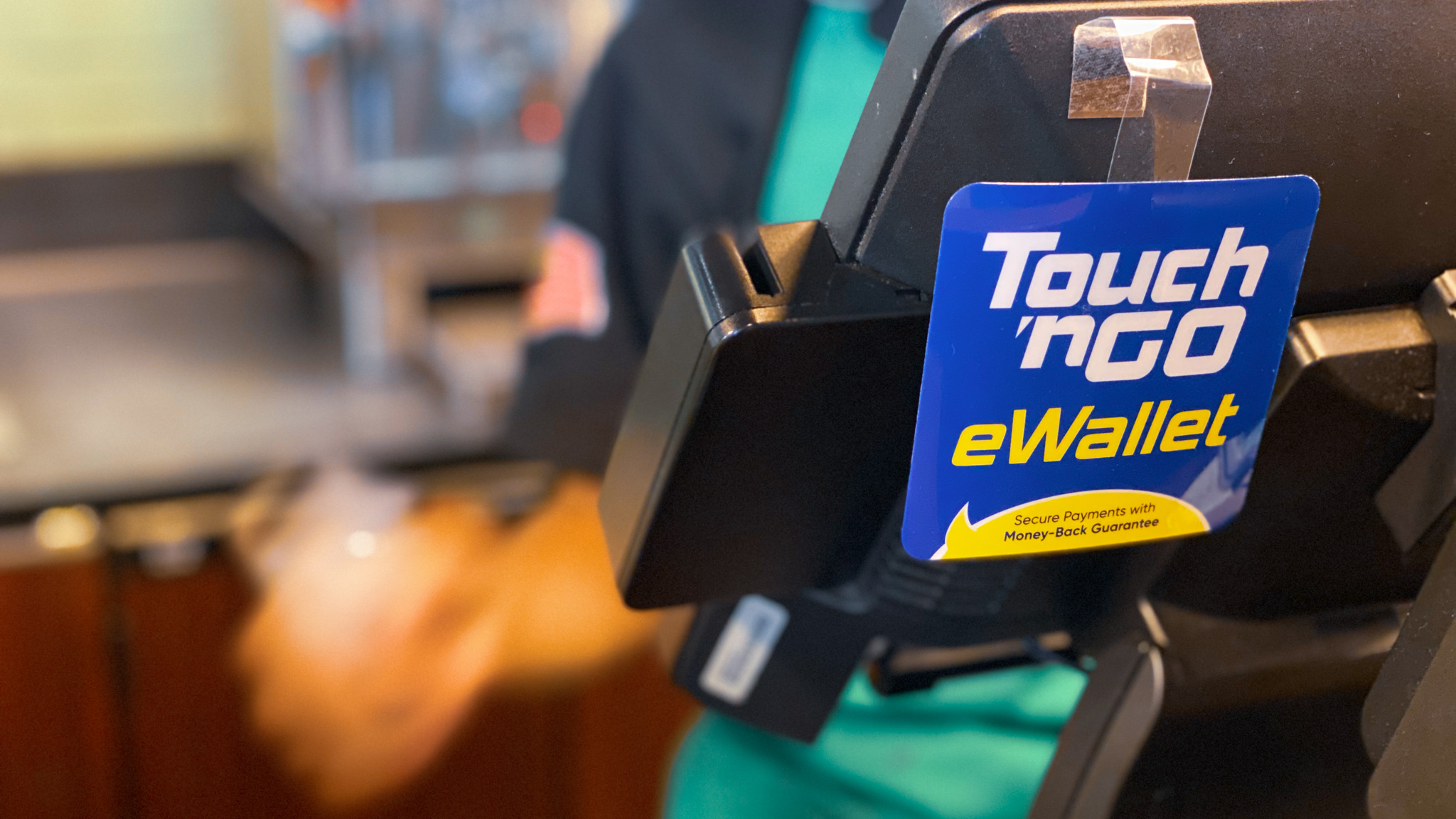Although Vivo has been in the market for awhile now, the Vivo V15 is actually the first device I’ve used from the brand. The reason for this is due to the fact that I’ve always felt as though their devices were a little subpar compared to other mid-range offerings in terms of hardware and design.
But the brand has been producing very compelling and innovative devices like the NEX S, iQOO and NEX Dual Display Edition that makes me wonder if I should reconsider how I feel about the brand. So will the Vivo V15 help to change that? Read on to find out.
Design & Build
Aesthetically, the Vivo V15 was made to impress especially since no other device at this price range offers a full display that gives users a 90.95 percent (according to Vivo) screen-to-body ratio. The notch doesn’t make an appearance in any form and bezels are almost non-existent save for the chin. As mentioned in Vernon’s first impressions article, the display is a 6.53-inch LCD display with a Full HD+ resolution.
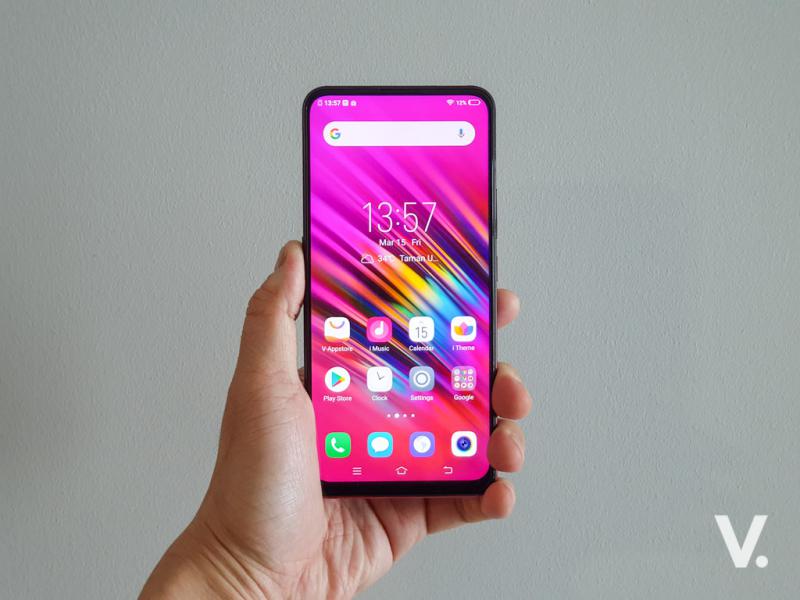 The entire device is made out of polycarbonate except for the Gorilla Glass 5 that protects the display. Much like most mid-range polycarbonate devices, the V15 is light and is quite slim, making it fairly easy to handle and use one-handed. Of course, with such a large display a little finger gymnastics is expected.
The entire device is made out of polycarbonate except for the Gorilla Glass 5 that protects the display. Much like most mid-range polycarbonate devices, the V15 is light and is quite slim, making it fairly easy to handle and use one-handed. Of course, with such a large display a little finger gymnastics is expected.
To be perfectly honest, I have never been a fan of this gradient colour scheme that most brands are slapping on to their devices and I really miss the days where phones were either one solid colour or have a more “industrial” design. Don’t get me wrong, the V15 is quite a looker especially in this Glamour Red colour scheme but I personally feel as though the sparkles are a bit over the top.
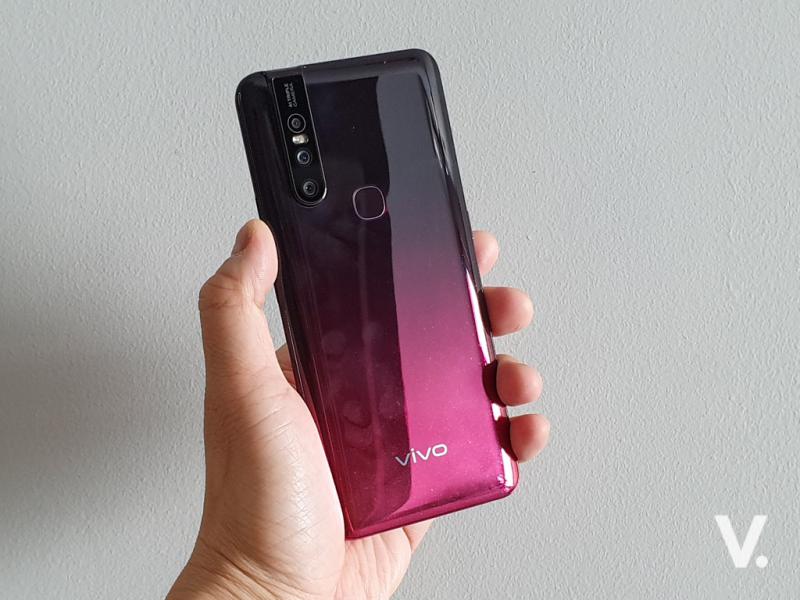 While the back looks and feels like glass, it’s actually polycarbonate. So it’s more susceptible to scratches and scuffs so it’s a good thing Vivo has bundled one of the nicest cases I’ve seen to date. It’s solid all around and has a clear back that still lets you show-off that shimmering rear.
While the back looks and feels like glass, it’s actually polycarbonate. So it’s more susceptible to scratches and scuffs so it’s a good thing Vivo has bundled one of the nicest cases I’ve seen to date. It’s solid all around and has a clear back that still lets you show-off that shimmering rear.
 In terms of the ports and buttons, the V15 comes with the standard fare and one or two extras. There’s the 3.5mm headphone jack and micro-USB port at the bottom, clicky volume rockers and power button on the right and a triple card slot and a customisable ‘Smart Button’ on the left. On the rear, you get a triple camera setup with quite a pronounced bump and a fingerprint sensor. The selfie camera is motorised, which means it pops up automatically when you need to use it.
In terms of the ports and buttons, the V15 comes with the standard fare and one or two extras. There’s the 3.5mm headphone jack and micro-USB port at the bottom, clicky volume rockers and power button on the right and a triple card slot and a customisable ‘Smart Button’ on the left. On the rear, you get a triple camera setup with quite a pronounced bump and a fingerprint sensor. The selfie camera is motorised, which means it pops up automatically when you need to use it.
Hardware
As far as hardware goes, the V15 is a bit of a hit and miss in my book. It’s powered by the 12nm Mediatek Helio P70 CPU, complemented by the Mali-G72 MP3 GPU, 6GB of RAM and 128GB of storage. It also supports microSD cards up to 256GB, which isn’t really necessary as out of the box, you do have about 113GB of space to use.
Battery wise, the V15 packs a 4,000mAh battery and has support for Vivo’s Dual-Engine Fast Charging.
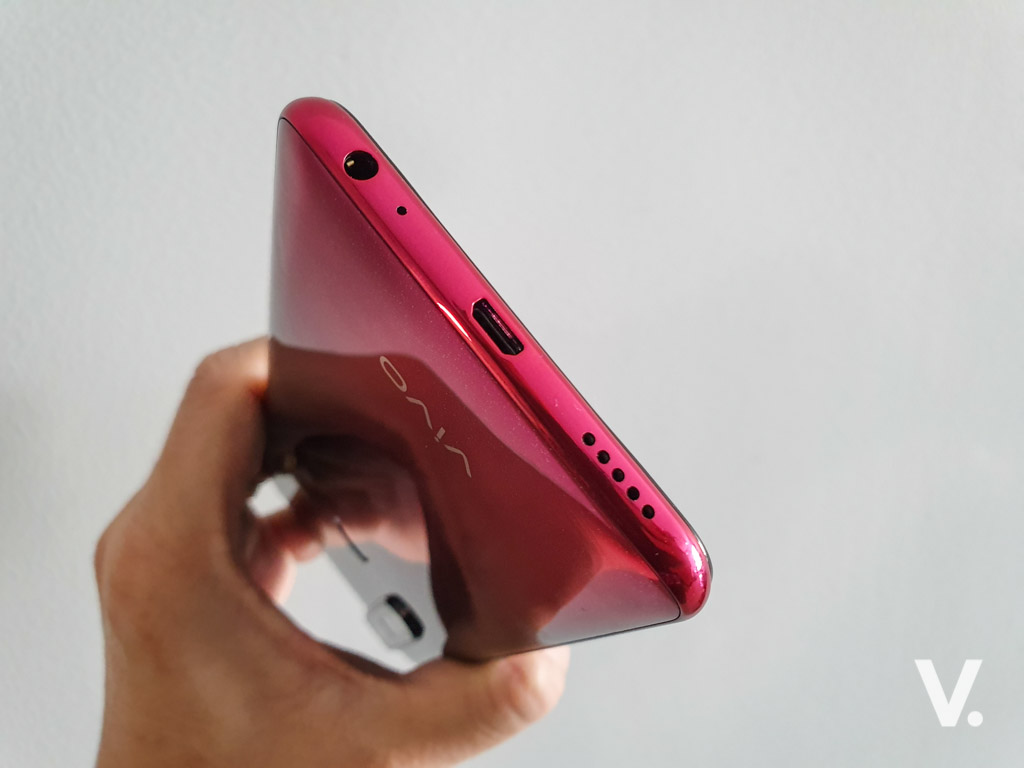 For the rear cameras, Vivo has packed in quite a combo into the V15. The triple-camera is made up of a 24MP shooter with an f/1.78 aperture, an 8MP sensor with f/2.2 aperture ultra-wide lens and a 5MP depth sensor with f/2.4 aperture. Sadly, none of them feature Optical Image Stabilisation.
For the rear cameras, Vivo has packed in quite a combo into the V15. The triple-camera is made up of a 24MP shooter with an f/1.78 aperture, an 8MP sensor with f/2.2 aperture ultra-wide lens and a 5MP depth sensor with f/2.4 aperture. Sadly, none of them feature Optical Image Stabilisation.
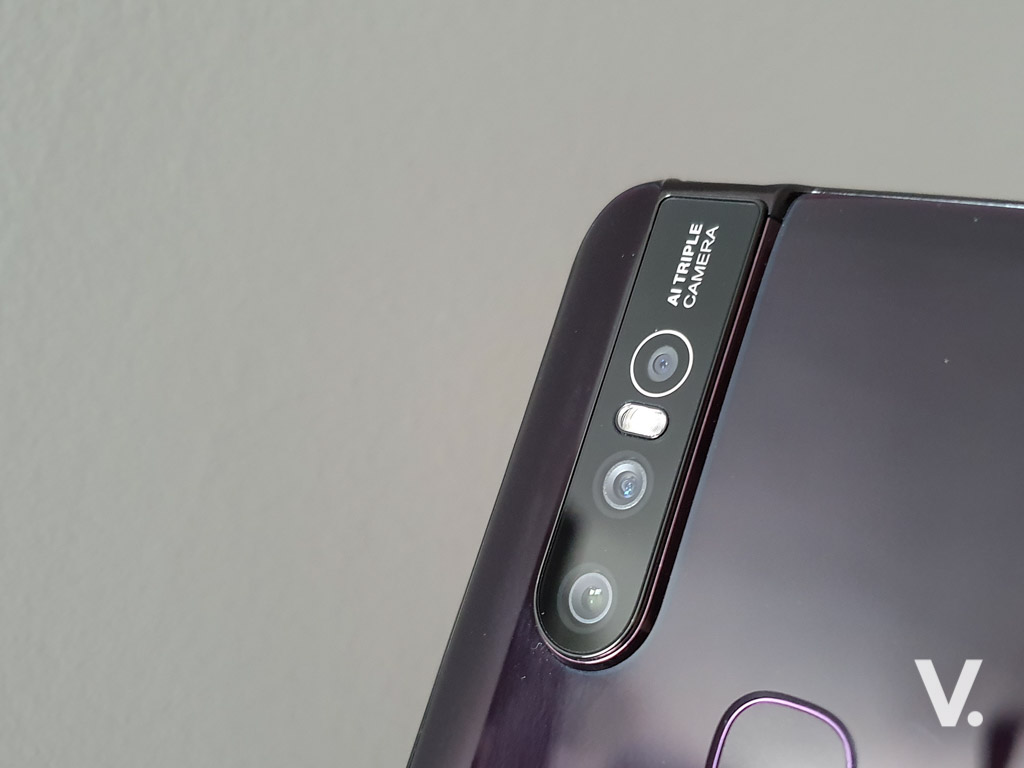 Vivo has made a reputation for itself as a brand that creates selfie-centric phones and the V15 is no different. The motorised selfie camera that whirs out of its enclosure is a 32MP shooter with an f/2.0 aperture. The novelty of this pop up camera wears out really quick and having to wait a few seconds for it to pop up can get a little irksome.
Vivo has made a reputation for itself as a brand that creates selfie-centric phones and the V15 is no different. The motorised selfie camera that whirs out of its enclosure is a 32MP shooter with an f/2.0 aperture. The novelty of this pop up camera wears out really quick and having to wait a few seconds for it to pop up can get a little irksome.
 The V15 supports most of the standard connectivity and network feature such as Wi-Fi 802.11a/b/g/n/ac, 2.4GHz or 5GHz, Bluetooth 4.2, GPS, AGPS, GLONASS and Beidou. There’s no support for NFC but it’s no big deal, unless you do use e-wallets.
The V15 supports most of the standard connectivity and network feature such as Wi-Fi 802.11a/b/g/n/ac, 2.4GHz or 5GHz, Bluetooth 4.2, GPS, AGPS, GLONASS and Beidou. There’s no support for NFC but it’s no big deal, unless you do use e-wallets.
Software
After recently reviewing an Android One device, coming to the V15 was a nightmare for me. I always thought OPPO’s ColorOS and Huawei’s EMUI were bad but now I’ve found one that tops them both–FunTouch OS.
While it is layered on top of Android 9 Pie, Vivo have made it so that almost nothing resembles Android and instead look more like iOS. Even so, it’s not a very flattering impersonation of Apple’s intuitive user interface.
First things first, like most Android smartphones designed for China, FunTouch OS doesn’t come with an app drawer, which means you’ll have to organise your apps into folders to minimise the number of pages you have. Also, for some odd reason, Vivo has made it so that even if you were to download a third-party launcher such as Hyperion, Nova or Niagara, every time you hit the home button, instead of going to your launcher of choice, it goes back to FunTouch, which is incredibly annoying.
Other things that annoy me is the fact that the quick settings menu, which is normally combined with the notification shade, has been separated. So, you swipe from the top down to get to the notification shade and you have to swipe from the bottom up to open up the quick settings.
Besides all that, I do have to say that my overall experience with the V15 was about 90 percent smooth and with occasional slow downs.
As mentioned in the Design section, there is a customisable ‘Smart Button’ but it comes up a little half-baked as the functions you get range from activating Google Assistant, Google Search, Image Recogniser and Google Assistant Visual Snapshot. You can’t use it to access the camera or take a screenshot. Quite a wasted opportunity I’d say.
Overall, I really do not like Vivo’s FunTouch OS and if you are like me and prefer a skin that somewhat maintains a semblance of Android, you will not like the user experience either.
Performance
I was actually quite pleased with the performance produced by the combination of the MediaTek Helio P70 and 6GB of RAM as it kept the V15 snappy and launched apps fairly quickly most of the time. Even with multiple apps running in the background and jumping from one app to another, it was fast and smooth.
As for synthetic benchmarks, the scores it produced were decent and equal to most mid-range devices.
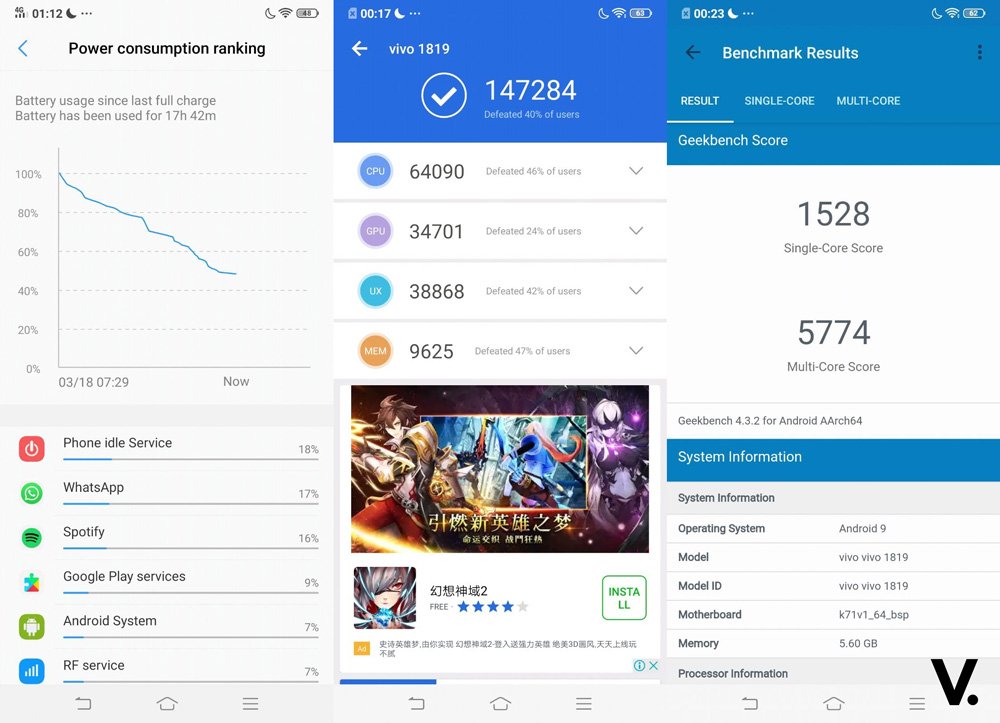
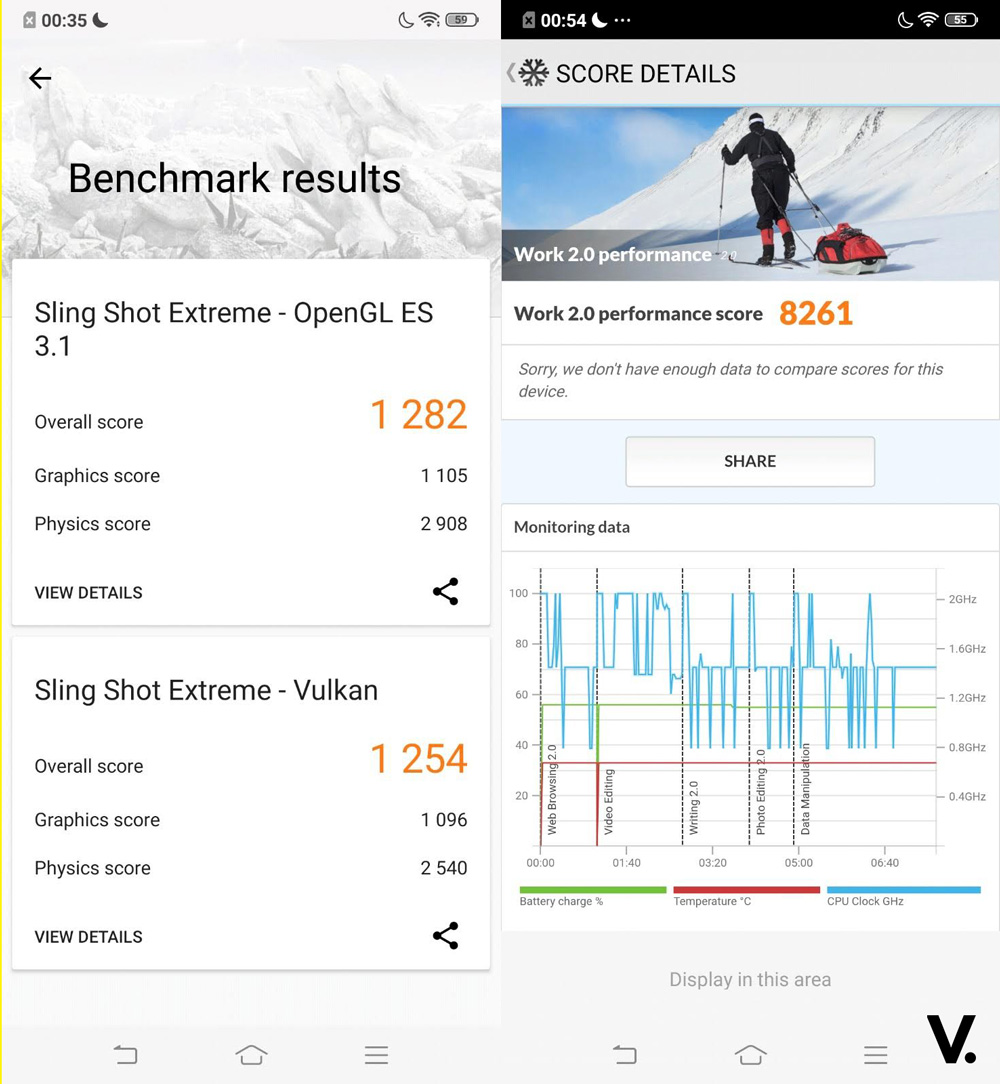 Where the chipset falls short is in gaming as most of the games I usually use to review smartphones with had to have their graphics settings toned down to Medium settings or there would be plenty of stuttering and lag. Even load times were noticeably longer compared to higher-end devices. The V15 is able to run games such as a Asphalt 9, Into the Dead 2 and Dead Trigger 2 just not on high graphics settings. Injustice 2 ran surprisingly well and while the textures did look a little muddy and there was a slight lag, it was by no means unplayable.
Where the chipset falls short is in gaming as most of the games I usually use to review smartphones with had to have their graphics settings toned down to Medium settings or there would be plenty of stuttering and lag. Even load times were noticeably longer compared to higher-end devices. The V15 is able to run games such as a Asphalt 9, Into the Dead 2 and Dead Trigger 2 just not on high graphics settings. Injustice 2 ran surprisingly well and while the textures did look a little muddy and there was a slight lag, it was by no means unplayable.
One of the things that the V15 should excel in is multimedia consumption and on the visual side of things, it does due to the Full HD+ resolution display that produces accurate and vivid colours and has very good viewing angles. Texts were also quite crisp with very minimal bleeding. The display gets plenty bright but under direct sunlight on a very sunny day, it can get a little hard to read messages or look at pictures.
Sadly, the device doesn’t have Widevine L1 certification, which means you won’t be able to stream HD content using Netflix. Hopefully, this can be patched in later similarly to the Pocophone F1.
Audio wise, the single bottom firing speaker is really not up to snuff. It is loud but produces plenty of distortion and lacks clarity, so it would be better if you just used a pair of really good headphones.
Battery life chalks up another win for the V15 as the 4,000mAh battery was able to easily last me through a full day and then some. As always, my day-to-day usage isn’t heavy by any means. I usually take the phone off the charger at about 9am and by 12am, I usually still have about 40 percent of juice left in the tank. My standard usage includes streaming Spotify over Bluetooth to my car stereo, using social media and messaging apps, around an hour of gaming and also about an hour or more of video streaming via YouTube.
If you’re a heavier user, you might be able to drain the battery a little more but with the Dual-Engine 18W Fast Charging, the device is able to get from 40 percent to 80 percent in about half an hour, which is fast. So, battery life isn’t really something you need to worry about.
 Camera
Camera
As a mid-range device, I really didn’t expect to be blown away by the V15’s camera performance. But then again, mid-range devices have come a long way and the V15 does quite well when it comes to photography albeit with the same set of limitations seen in most mid-range devices.
Similar to other Chinese manufacturers, Vivo have packed in an endless supply of shooting modes into the camera app. From the standard panorama and Pro mode to AI Beauty and even AR stickers. Then there’s also features like portrait lighting effects and live photos. Depending on the photos you like to capture, some might be more useful than the rest.
 In daylight or brightly lit environments, the V15 is actually able to produce nicely detailed images with accurate and punchy colours. The HDR mode is also quite competent during very bright scenes so that images aren’t overexposed.
In daylight or brightly lit environments, the V15 is actually able to produce nicely detailed images with accurate and punchy colours. The HDR mode is also quite competent during very bright scenes so that images aren’t overexposed.
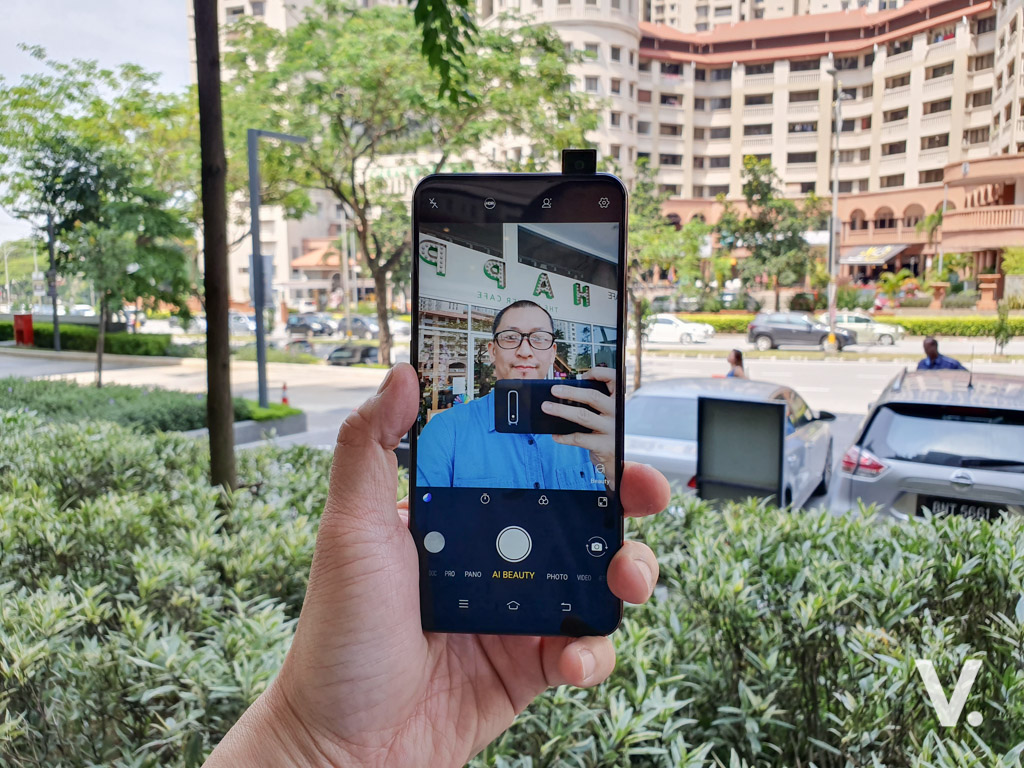 One thing I did notice is that the V15 struggles a little with focusing especially when there’s a lot of backlighting. Another weak point for the V15 is of course low-light photography. While it does have a Night mode, it isn’t really good as images still turned out grainy, noisy and lacked detail overall. The HDR does help a little bit by bumping up the saturation and contrast but also ends up smoothening images a little aggressively.
One thing I did notice is that the V15 struggles a little with focusing especially when there’s a lot of backlighting. Another weak point for the V15 is of course low-light photography. While it does have a Night mode, it isn’t really good as images still turned out grainy, noisy and lacked detail overall. The HDR does help a little bit by bumping up the saturation and contrast but also ends up smoothening images a little aggressively.
The dedicated wide-angle camera is a nice touch as it enables users to capture even wider panoramas and more subjects into an image. However, I found the pictures it produced looking a little flat and lacked details.
 Seeing as how Vivo has kind of marketed themselves as selfie experts, the 32MP selfie shooter does live up to their reputation. Selfies had a good amount of detail, fairly accurate colour reproduction and sharpness. For those who like portraits with bokeh that’s not overdone, the V15 handles that quite nicely and has pretty good edge detection to boot.
Seeing as how Vivo has kind of marketed themselves as selfie experts, the 32MP selfie shooter does live up to their reputation. Selfies had a good amount of detail, fairly accurate colour reproduction and sharpness. For those who like portraits with bokeh that’s not overdone, the V15 handles that quite nicely and has pretty good edge detection to boot.
 Finally, when it comes to video recording, the V15 is only able to record Full HD videos with a frame rate of 30fps. Videos looked okay with decent audio quality, however, as it doesn’t have Optical Image Stabilisation, videos were very shaky.
Finally, when it comes to video recording, the V15 is only able to record Full HD videos with a frame rate of 30fps. Videos looked okay with decent audio quality, however, as it doesn’t have Optical Image Stabilisation, videos were very shaky.
 In the box
In the box
- Vivo V15 unit
- 9V/2A charger
- USB Type-A to micro-USB charge cable
- Wired headphones
- Protective case
- SIM ejector tool
- Documentation
Pros
- Full display with no notch
- 128GB internal storage
- Selfie camera is good
- Battery life is good
- Fast charging
- Triple card tray
Cons
- Plasticky build
- FunTouch OS is a mess
- Rear cameras are just okay
- Micro-USB
- Lack of Widevine L1 DRM
- Speakers are subpar
- No NFC
Verdict
So, at the beginning of this review, I asked if the Vivo V15 was able to change my perspective of the brand. To be perfectly honest, it’s a 30-70 split right now because there seems to be more cons than pros with the V15. The things I liked about it can also be found in devices that cost less and some even do it better.
It’s hard to recommend the Vivo V15 especially since there are devices such as the Pocophone F1, Redmi Note 7, Realme 2 Pro, ASUS ZenFone Max Pro M2 and Nokia 8.1 that cost less but have more to offer as overall packages.
 Pricing and availability
Pricing and availability
The Vivo V15 retails for MYR1,399 and is available for purchase on the Vivo Online Store as well as through all Vivo authorised partners. For more info, head on over to the V15 product page.
[nextpage title=”Sample Photos”]All photos are straight from camera and unedited aside from the addition of watermark. Click on thumbnails for a bigger view.


